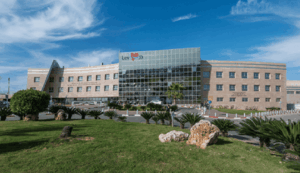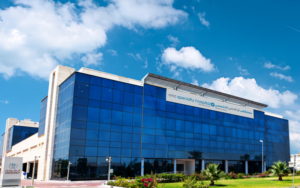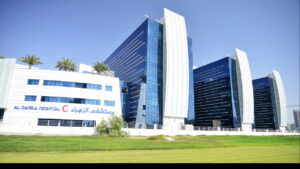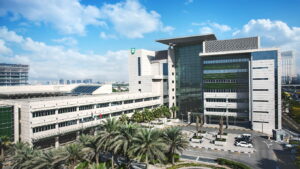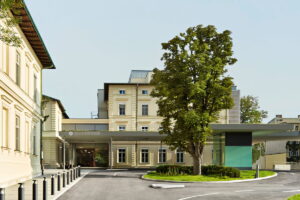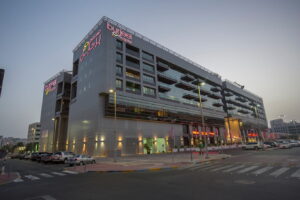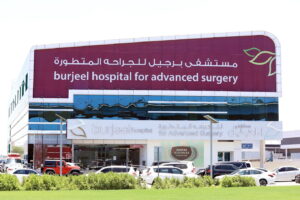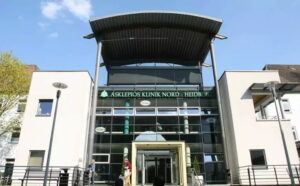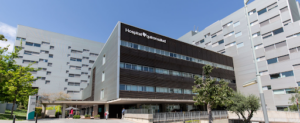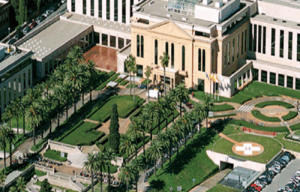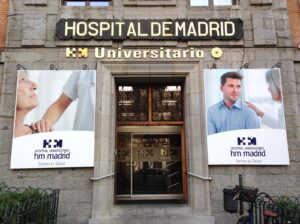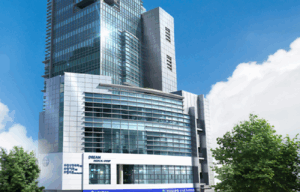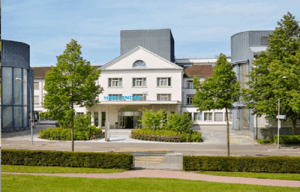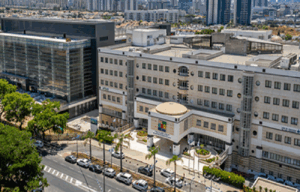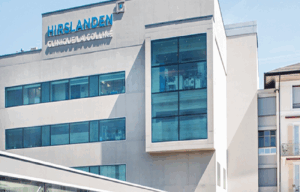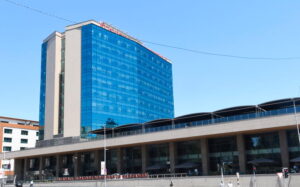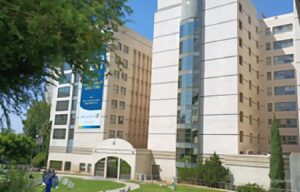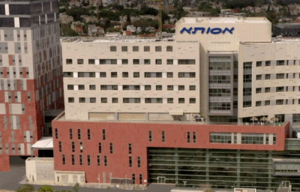Mammoplasty (breast surgery)
Breast surgery is a set of plastic surgery procedures aimed at correcting the shape and size of the bust. Breast plastic surgery is in demand among women of various ages. According to the European Analytical Center, mammoplasty accounts for 20% of all plastic surgeries performed.
Breast plastic surgery is indicated in the following cases:
- Insufficient or excessive volume
- Congenital absence of mammary glands (hypomastia)
- Asymmetry
- Breast sagging (after childbirth or due to aging)
- Inverted nipples
- Dissatisfaction with shape
- Tubular deformity (the breast visually resembles a tube)
- Scarring after previous surgeries
Types of mammoplasty:
Breast augmentation (augmentation mammoplasty). Silicone, saline, or hydrogel implants of various shapes and textures are used, allowing for the optimal option to be selected in each case.
Breast reduction (reduction mammoplasty). A procedure aimed at reducing breast volume to relieve physical discomfort and improve appearance. May include breast lifting.
Breast lift (mastopexy). A procedure to lift the breast without changing its volume.
Reconstructive mammoplasty. Restores the shape and volume of the breast after trauma or surgery (e.g., mastectomy). Various methods are used, including implants and the patient’s own tissue (e.g., fat tissue).
Procedure features in leading global clinics
Advanced technologies used in top international clinics:
- Modern implants. New-generation silicone implants are more resistant to rupture and provide a natural appearance.
- 3D modeling. Technologies for planning and visualizing the results help patients better understand the expected outcomes of surgery.
- Endoscopic equipment. Used as a minimally invasive technique with micro-incisions, which shortens the recovery period.
- Lipofilling. Transplantation of fat tissue from other areas of the body to increase breast volume. This method provides natural results without the use of implants.
- Stem cells. Application of stem cells to improve the quality of transplanted fat tissue and achieve better outcomes in reconstructive breast surgery.
- Postoperative monitoring. Use of devices and applications for monitoring the patient’s condition after surgery allows physicians to track recovery in real time.
Top clinics
-
 Freiburg, Germany University Hospital Freiburg
Freiburg, Germany University Hospital Freiburg -
 Ramat Gan, Israel Sheba clinic
Ramat Gan, Israel Sheba clinic -
 Istanbul, Turkey Acıbadem Ataşehir Clinic
Istanbul, Turkey Acıbadem Ataşehir Clinic -
 Antalya, Turkey Medical Park Antalya Clinic
Antalya, Turkey Medical Park Antalya Clinic -
 Dubai, UAE NMC Healthcare
Dubai, UAE NMC Healthcare -
 Istanbul, Turkey Shishli Memorial Clinic.
Istanbul, Turkey Shishli Memorial Clinic. -
 Dubai, UAE Al Zahra Hospital
Dubai, UAE Al Zahra Hospital -
 Dubai, UAE American Hospital Dubai
Dubai, UAE American Hospital Dubai -
 Graz, Austria Leech Private Clinic
Graz, Austria Leech Private Clinic -
 Abu Dhabi, UAE Burjeel Hospital Abu Dhabi
Abu Dhabi, UAE Burjeel Hospital Abu Dhabi -
 Vienna, Austria Debling Private Clinic
Vienna, Austria Debling Private Clinic -
 Vienna, Austria Confraternity Private Clinic.
Vienna, Austria Confraternity Private Clinic. -
 Dubai, UAE Burjeel Hospital Private Multidisciplinary Clinic
Dubai, UAE Burjeel Hospital Private Multidisciplinary Clinic -
 Vienna, Austria Rudolfinerhaus Private Clinic.
Vienna, Austria Rudolfinerhaus Private Clinic. -
 Hamburg, Germany Asklepios Nord Heidberg
Hamburg, Germany Asklepios Nord Heidberg -
 Lausanne, Switzerland Clinique Montchoisy
Lausanne, Switzerland Clinique Montchoisy -
 Montreux, Switzerland Clinique La Prairie
Montreux, Switzerland Clinique La Prairie -
 Nyon, Switzerland Clinique Genolier
Nyon, Switzerland Clinique Genolier -
 Seoul, South Korea JK Plastic Surgery Center
Seoul, South Korea JK Plastic Surgery Center -
 Barcelona, Spain QuironSalud Barcelona Hospital
Barcelona, Spain QuironSalud Barcelona Hospital -
 Barcelona, Spain Medical Center "Teknon"
Barcelona, Spain Medical Center "Teknon" -
 Barcelona, Spain University Hospital Barnaclinic+
Barcelona, Spain University Hospital Barnaclinic+ -
 Madrid, Spain University Clinic HM Madrid
Madrid, Spain University Clinic HM Madrid -
 Seoul, South Korea Dream Plastic Surgery Clinic
Seoul, South Korea Dream Plastic Surgery Clinic -
 Madrid, Spain University Hospital HM Monteprincipe
Madrid, Spain University Hospital HM Monteprincipe -
 Zurich, Switzerland Hirslanden Clinic
Zurich, Switzerland Hirslanden Clinic -
 Madrid, Spain Quiron Salud University Hospital
Madrid, Spain Quiron Salud University Hospital -
 Lugano, Switzerland Saint Anna Clinic
Lugano, Switzerland Saint Anna Clinic -
 Petah Tikva, Israel Schneider Children's Medical Center
Petah Tikva, Israel Schneider Children's Medical Center -
 Bursa, Turkey Doruk Nilüfer Hospital
Bursa, Turkey Doruk Nilüfer Hospital -
 Seoul, South Korea SNU Plastic Surgery Clinic
Seoul, South Korea SNU Plastic Surgery Clinic -
 г. Женева, Швейцария Клиника «Женераль-Болье»
г. Женева, Швейцария Клиника «Женераль-Болье» -
 г. Женева, Швейцария Hirslanden Clinique La Colline
г. Женева, Швейцария Hirslanden Clinique La Colline -
 г. Стамбул, Турция Университетская клиника «Медиполь Мега»
г. Стамбул, Турция Университетская клиника «Медиполь Мега» -
 г. Стамбул, Турция Клиника Флоренс Найтингейл
г. Стамбул, Турция Клиника Флоренс Найтингейл -
 г. Петах-Тиква, Израиль Медицинский центр имени Ицхака Рабина
г. Петах-Тиква, Израиль Медицинский центр имени Ицхака Рабина -
 г. Иерусалим, Израиль Медицинский центр “Хадасса”
г. Иерусалим, Израиль Медицинский центр “Хадасса” -
 г. Тель Авив, Израиль Медицинский центр “Ассута”
г. Тель Авив, Израиль Медицинский центр “Ассута”
